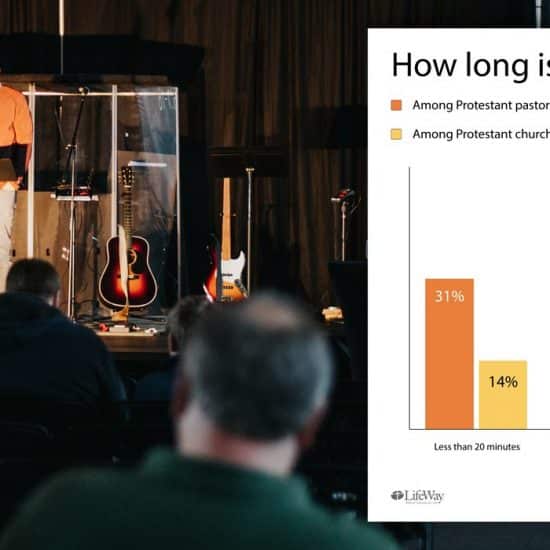As an incentive during their membership fund drives, National Public Radio offers CD compilations of “Driveway Moments” — stories that grab your attention so strongly that you sit out in the driveway to hear the ending.
Well-told stories can be powerful and engaging. They grab listeners from woolgathering and daydreaming and bring them back to the message. I would much rather hear about the Good Samaritan that read about the theology behind it. Wouldn’t you?
Unfortunately, we Protestants in general are not very visual in worship. (And no, using a screen to sing hymns does not count.)
Even a single image can become a logo to ponder and identify. Using a pre-produced video or a popular movie clip helps communicate stories during worship, small group or retreat setting. What’s important?
The purpose. A TV commercial, billboard or other display that blows you away is great, but if you don’t remember the product, purpose or it doesn’t move you to action, it was a failure — even if you can’t stop talking about it.
Visuals in church shouldn’t be used simply to call attention to themselves, get a cheap laugh or make the tears flow.
Context. If a visual is not age- or audience-appropriate, you can offend or bore viewers.
Equipment. There are a host of things that can go wrong, and I have experienced most of them. (Often in front of a live studio audience.)
Testing media, using it with the presentation software, knowing controls and watching a dry run all the way through on the system you’re using will take care of gremlins such as format and equipment incompatibility, fingerprints or ambient light problems. When playing it with a computer, you will have fewer problems by copying it to the hard drive first and running it.
If you are supplying the computer, you may have to adjust display settings for it to play properly with a projector. Variations for different computers, having the right video card and program settings can affect your success. Again, test first!
Content. The Internet can help with services such as:
Preaching Today’s Faith Visuals (faithvisuals.com) offers meditations and vignettes both for sale and free.
WorshipHouse Media (worshiphousemedia.com) offers “resources for the creative church” with producers such as Nooma (nooma.com) and song tracks with visuals.
Sermonspice (sermonspice.com), Highway Video (highwayvideo.com) and Wordsearch Media (wordsearchmedia.com) have stock footage, backgrounds and video clips.
ScreenVue (screenvue.com) and WingClips (wingclips.com) use a different approach: Subscription services offering clips from popular movies.
Other services and free downloads are listed at squidoo.com/ministryvideos.
Discussion guides can be found at sites like Christianity Today (christianitytoday.com/movies), Culturewatch (damaris.org/cw) and The Source (thesource4ym.com). The Text This Week (textweek.com/movies/themeindex.htm) offers a movie theme index.
Copyrights. Purchasing a Church Video License (cvli.com) offers protection with some restrictions: shown on site, no admission or advertising specific titles, no television or YouTube videos. CVLI offers a free subscription to ScreenVue with a license.
You may not create a driveway moment, but you could create a more meaningful experience. It’s much better to have a “pew moment” than a moment that says “Pew!”
Ken Satterfield (ksatterfield@wordandway.org ) was formerly a media specialist and is currently Word&Way’s advertising/marketing coordinator.






